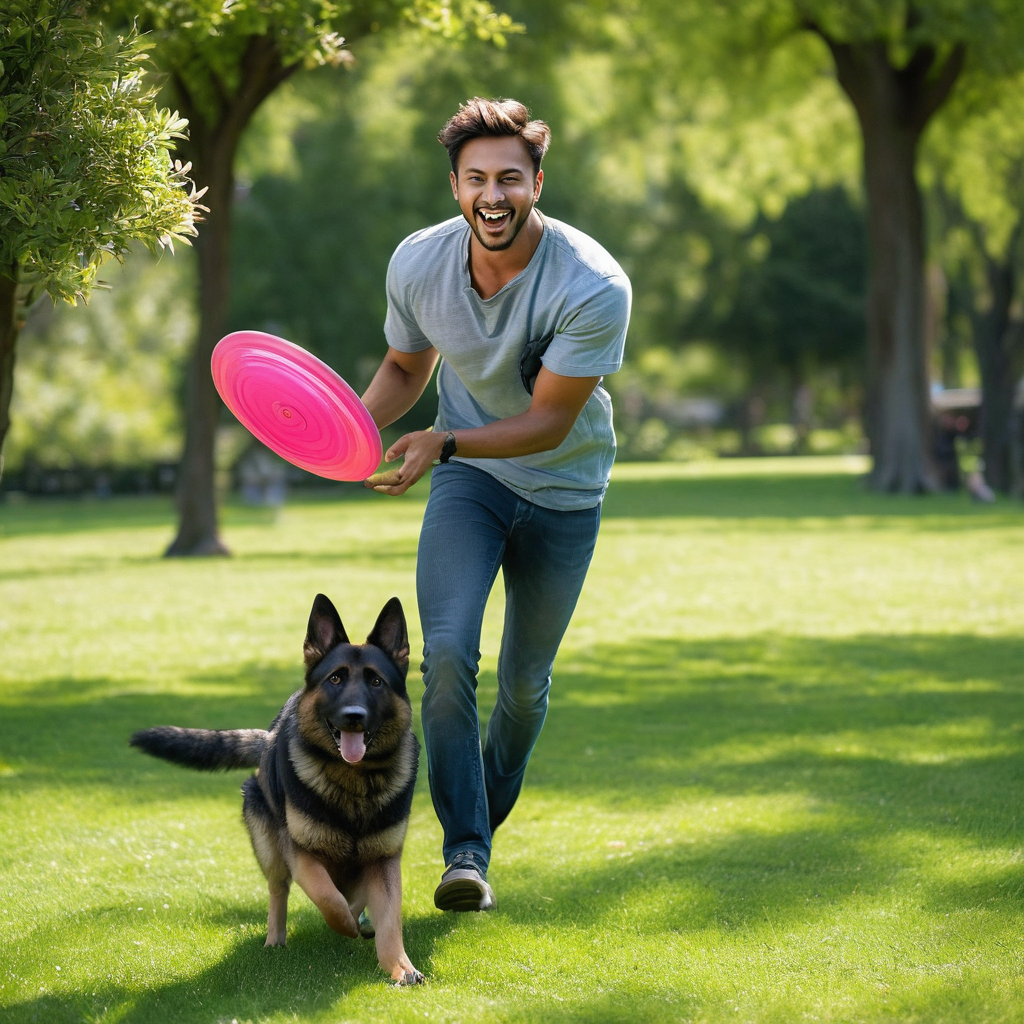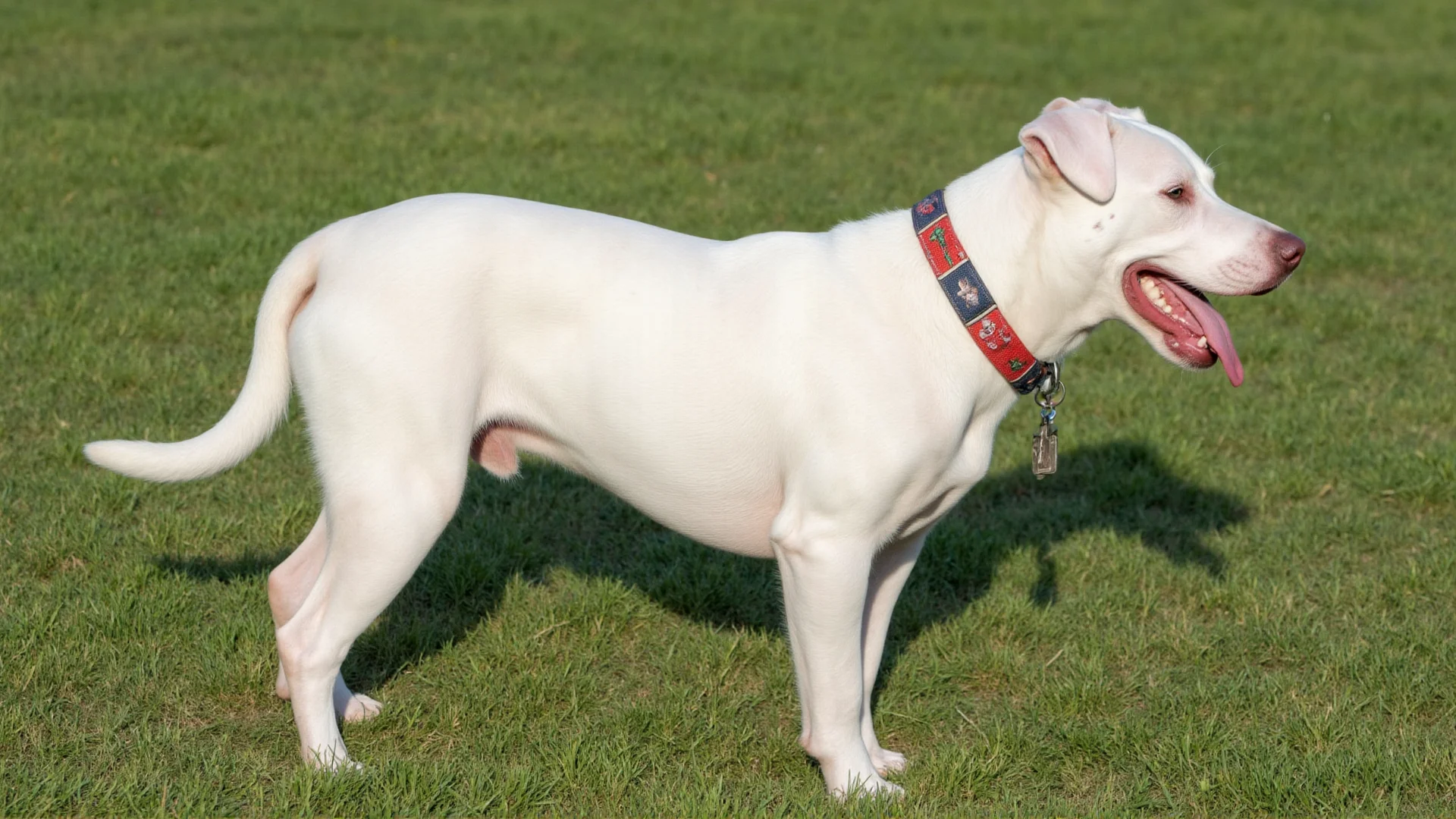Newfoundland Dogs: The Gentle Giants of Water Rescue
When it comes to water rescue, few breeds can match the natural ability and dedication of the Newfoundland dog. These magnificent gentle giants have been saving lives in aquatic environments for centuries, combining their impressive size, swimming prowess, and innate protective instincts to become some of the most effective canine rescue workers in the world.
The Natural Born Lifeguards
Newfoundlands possess a unique combination of physical and mental attributes that make them exceptional water rescue dogs. Their massive, muscular build provides the strength needed to tow struggling swimmers to safety, while their webbed feet and water-resistant double coat make them natural swimmers capable of operating in challenging aquatic conditions.
What truly sets Newfoundlands apart is their instinctive desire to help. These dogs don't require extensive conditioning to want to rescue people in distress – it's literally in their DNA. This breed has been selectively bred for generations to work alongside fishermen in the harsh waters off the coast of Newfoundland, Canada, developing an almost supernatural ability to sense when someone needs help in the water.
Physical Adaptations for Water Rescue
- Webbed feet: Act like natural flippers, providing powerful propulsion through water
- Water-resistant coat: Double-layered fur that repels water and provides insulation
- Large lung capacity: Enables extended swimming sessions and breath-holding ability
- Powerful build: Males can weigh up to 150 pounds, providing the mass needed for rescue operations
- Strong tail: Acts as a rudder for precise navigation in water
Training Your Newfoundland for Water Rescue
While Newfoundlands have natural water rescue instincts, proper training is essential to develop these abilities safely and effectively. Water rescue training should begin early, typically around 6 months of age, and progress gradually to avoid overwhelming the young dog.
Basic Water Introduction
Start with shallow, calm water to build confidence. Never force a puppy into water – instead, make it a positive experience with treats, toys, and plenty of encouragement. Most Newfoundland puppies will naturally gravitate toward water, but building positive associations is crucial for long-term success.
Swimming Technique Development
Newfoundlands naturally swim with a modified breaststroke that's both powerful and efficient. Encourage proper form by swimming alongside your dog and providing guidance. Focus on building endurance gradually, starting with short 5-10 minute sessions and slowly increasing duration as fitness improves.
Rescue-Specific Training
Professional water rescue training involves teaching specific behaviors:
- Approach techniques: How to approach a drowning person without causing panic
- Positioning: Proper body position for the victim to grab onto
- Towing methods: Different techniques for bringing people to shore
- Equipment handling: Working with rescue lines, life rings, and flotation devices
- Multiple victim scenarios: Handling complex rescue situations
Safety Considerations During Training
Water rescue training must prioritize safety for both dog and handler. Always train in controlled environments with experienced instructors. Ensure your Newfoundland is in excellent physical condition before attempting advanced rescue techniques, and never train in dangerous weather conditions or rough waters.
Famous Newfoundland Water Rescue Heroes
Throughout history, countless Newfoundlands have demonstrated extraordinary bravery in water rescue situations. These stories showcase the breed's remarkable capabilities and unwavering dedication to saving lives.
Seaman - Lewis and Clark's Companion
Perhaps one of the most famous Newfoundlands in American history, Seaman accompanied Lewis and Clark on their legendary expedition. While not primarily a rescue dog, Seaman repeatedly saved expedition members from drowning and other water-related dangers during their journey across the continent.
Napoleon's Rescue
Legend tells of a Newfoundland that saved Napoleon Bonaparte himself when he fell overboard during his escape from Elba. While historical accuracy is debated, the story illustrates the breed's reputation for water rescue that spans centuries and continents.
Modern Coast Guard Partners
Today, Newfoundlands continue to serve alongside professional rescue teams. The Italian Coast Guard has successfully employed Newfoundlands in their rescue operations, with dogs capable of jumping from helicopters into rough seas to assist drowning victims – a testament to their incredible training and natural ability.
The Science Behind Their Success
Research has shown that Newfoundlands possess several physiological advantages that make them superior water rescue dogs compared to other breeds.
Swimming Efficiency
Studies have demonstrated that Newfoundlands can swim efficiently for hours without fatigue, maintaining body temperature in cold water that would quickly incapacitate humans. Their swimming stroke generates maximum propulsion while conserving energy, allowing them to cover significant distances while towing additional weight.
Sensory Capabilities
Newfoundlands have enhanced sensory abilities that aid in rescue operations. Their hearing can detect distress calls from remarkable distances, even over wind and wave noise. Their sense of smell helps them locate victims in murky water or challenging visibility conditions.
Psychological Traits
Beyond physical capabilities, Newfoundlands possess psychological traits crucial for rescue work. They remain calm under pressure, make independent decisions when handlers aren't present, and show remarkable empathy toward humans in distress. These mental characteristics are as important as their physical abilities in successful rescue operations.
Caring for Your Water Rescue Newfoundland
Newfoundlands involved in water rescue work require specialized care to maintain their health and performance capabilities.
Nutrition and Conditioning
Active rescue dogs need high-quality nutrition to support their demanding physical requirements. A diet rich in protein supports muscle development and repair, while complex carbohydrates provide sustained energy for long rescue operations. Work with a veterinary nutritionist to develop a feeding plan appropriate for your dog's activity level.
Coat and Skin Care
Regular exposure to water, especially saltwater, requires diligent coat care. Rinse your Newfoundland thoroughly after each water session to remove salt, chlorine, or other chemicals. Regular brushing prevents matting and maintains the coat's water-resistant properties. Monitor for skin irritation or hot spots that can develop from prolonged water exposure.
Joint Health
The physical demands of water rescue work can stress joints and muscles. Regular veterinary checkups, appropriate exercise modification as dogs age, and joint supplements can help maintain mobility and comfort throughout a working dog's career.
Getting Involved in Water Rescue
If you own a Newfoundland and are interested in water rescue training, several organizations offer programs for both recreational and professional development.
Newfoundland Club Water Tests
The Newfoundland Club of America sponsors water tests that evaluate dogs' natural water rescue abilities. These events provide excellent introduction to formal water rescue training while celebrating the breed's heritage.
Professional Training Programs
Organizations like the American Working Dog Federation offer comprehensive water rescue certification programs. These intensive courses prepare dogs and handlers for real-world rescue situations and may lead to opportunities with professional rescue organizations.
Volunteer Opportunities
Many coastal communities welcome trained volunteer water rescue teams. Contact local emergency services, coast guard auxiliary units, or beach patrol organizations to learn about volunteer opportunities in your area.
The Future of Canine Water Rescue
As technology advances, the role of water rescue dogs continues to evolve. Modern rescue operations may incorporate GPS tracking, underwater cameras, and communication systems that enhance the traditional capabilities of rescue dogs like Newfoundlands.
However, technology cannot replace the intuition, decision-making ability, and sheer determination that Newfoundlands bring to water rescue operations. Their ability to assess situations, adapt to changing conditions, and provide emotional support to victims ensures their continued relevance in modern rescue operations.
Conclusion
Newfoundland dogs represent the pinnacle of canine water rescue capability. Their combination of physical attributes, mental acuity, and innate desire to help makes them irreplaceable partners in aquatic rescue operations. Whether serving with professional rescue teams or simply being prepared to help in emergency situations, these gentle giants continue to embody the noble tradition of dogs working alongside humans to save lives.
For those fortunate enough to share their lives with a Newfoundland, understanding and nurturing these natural rescue instincts provides a meaningful way to honor the breed's heritage while potentially making a life-saving difference in their community. The legacy of courage, strength, and devotion that defines the Newfoundland breed in water rescue situations serves as an inspiring reminder of the extraordinary bond between humans and their canine companions.




